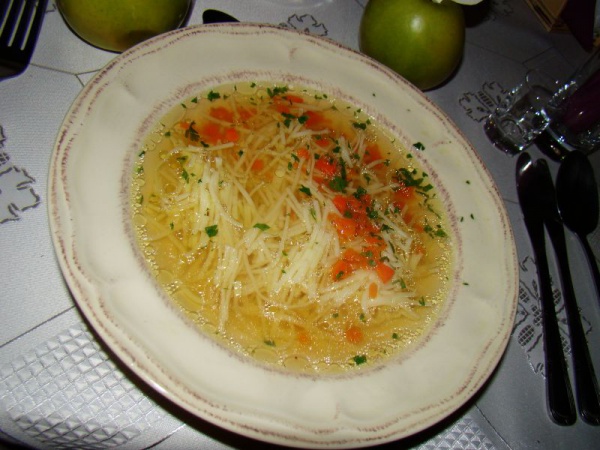Facts About Rosół
Rosół is a cherished traditional Polish meat soup, with the most popular variant being rosół z kury, a clear chicken soup often accompanied by capellini pasta. For individuals who prefer a vegetarian twist, substituting the meat with oil or butter is a simple adjustment. This soothing soup is a cornerstone of Polish cuisine, frequently gracing family dinners and weddings, and is even reputed to have healing properties, particularly when one is under the weather.
The term "rosół" has fascinating origins, initially referring to a dish made with salted meat simmered in water. Over time, it evolved into the fresh meat soup we recognize today. There are several delightful variations of rosół. For instance, Rosół Królewski, or "The Royal Rosół" is prepared with a blend of beef or veal, both white and dark poultry, dried king boletes, and an assortment of vegetables. Another version, Rosół Myśliwski, or "The Hunter's Rosół" includes wild birds, roe deer meat, wild mushrooms, and juniper berries. A crucial tip: avoid adding pork to rosół if you desire a clear broth, and always simmer it slowly for optimal results.
A typical recipe for Polish rosół calls for a mix of meats like beef or veal, and occasionally hazel grouse or partridge. The soup is enriched with ingredients such as parsley, butter, salt, and a variety of herbs and spices including dill, onion, garlic, nutmeg, rosemary, pepper, and even a touch of lime. The secret to a perfect rosół is cooking it slowly and regularly skimming the broth to maintain its clarity.

 Ukraine
Ukraine